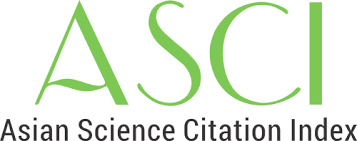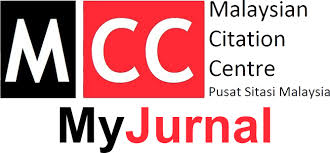Design Principles for Multimedia Learning Aids in Language Education: A Systematic Literature Review
Keywords:
multimedia learning, language education, instructional design, educational technology, systematic review, design principles, e-learning, second language acquisitionAbstract
The integration of multimedia learning aids in language education has garnered significant attention due to their potential to enhance learning experiences and improve language acquisition. This systematic literature review, guided by the PRISMA framework, synthesizes research on the design principles of multimedia learning aids to establish evidence-based guidelines for effective instructional design. The study aims to identify core design principles, analyze their theoretical underpinnings, and evaluate their impact on language learning outcomes. The review process involved a rigorous search strategy across Scopus and Web of Science databases, yielding 2,563 initial publications. After applying inclusion and exclusion criteria, 26 studies were shortlisted, and 7 studies were selected for detailed qualitative analysis. The findings reveal six key design principles grounded in Cognitive Load Theory and Multimedia Learning Theory: spatial contiguity, coherence, modality, redundancy, personalization, and signaling. These principles highlight the importance of integrating visual and auditory elements, minimizing extraneous content, and tailoring multimedia tools to learner needs. Results demonstrate that carefully designed multimedia aids significantly enhance learners' engagement, retention, and comprehension in language education. The analysis also underscores the interplay between theoretical frameworks and practical implementation strategies, emphasizing the role of adaptive learning technologies in addressing diverse learner needs. This study contributes to the growing body of knowledge in educational technology by offering a comprehensive framework for developing effective multimedia learning aids. The findings provide actionable recommendations for educators and instructional designers to optimize the design and application of digital tools in language learning contexts. Future research is encouraged to explore emerging technologies, such as augmented reality and artificial intelligence, to further advance multimedia learning in language education.













